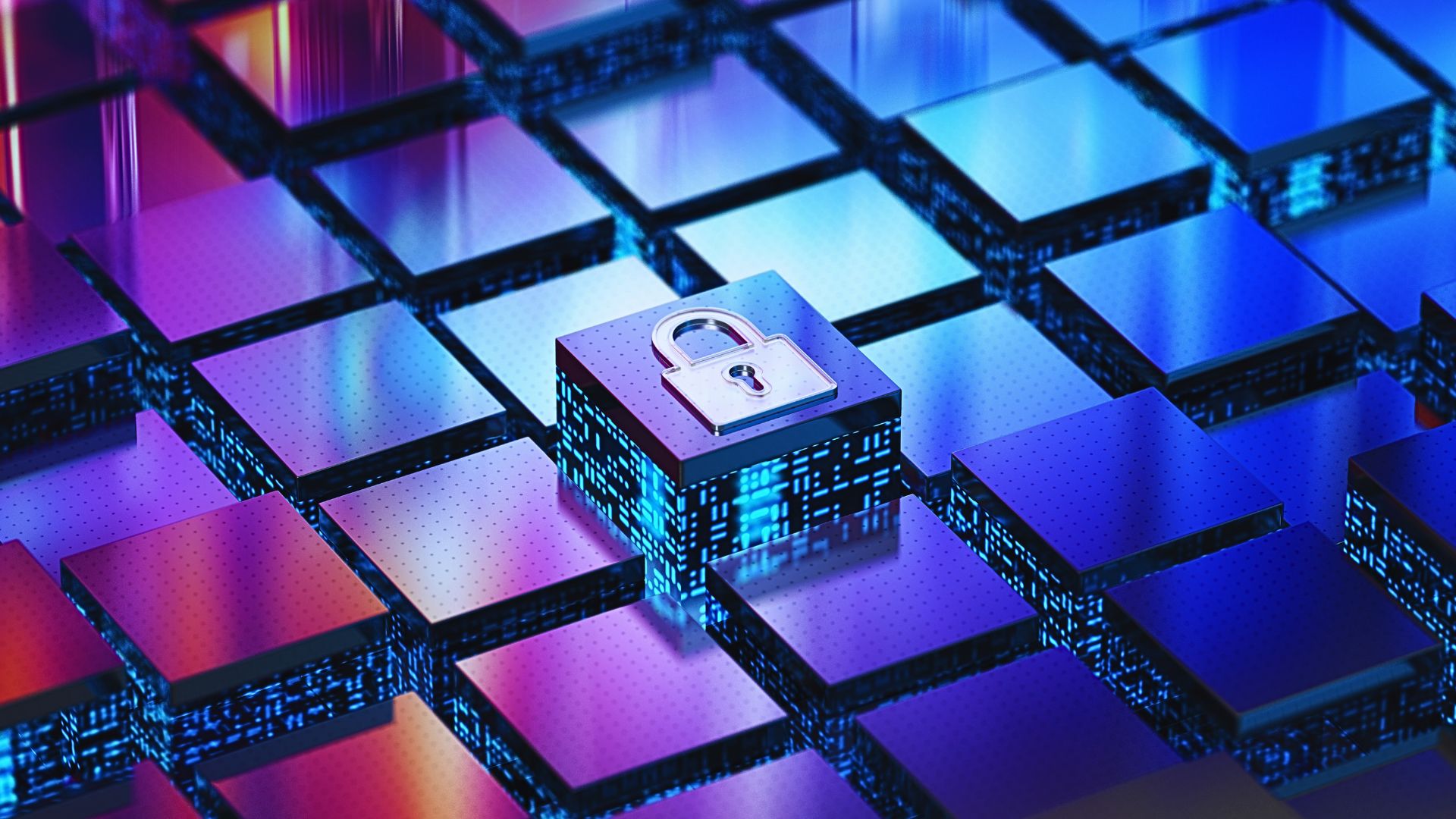Image created with canva
In an era of heightened data privacy awareness, a well-publicized commitment to cybersecurity can set a business apart. Customers want assurance that their data is safe, and a transparent security approach can build trust and loyalty.
CYBERSECURITY FOR BUSINESS: GUARDING AGAINST TODAY’S SOPHISTICATED THREATS
By FMM Contributor
In today’s cybersecurity landscape, businesses must remain vigilant daily to safeguard their data, finances, and essential information. With the surge in cyber threats, fraudulent websites have become particularly troubling. Many of these sites are meticulously crafted replicas of legitimate websites, making them nearly indistinguishable from the real thing. As technology evolves, so do cybercriminal tactics, putting business owners and their digital assets at constant risk. To defend against these challenges, companies must implement robust security measures that protect both their internal data and client information, ensuring their operations continue smoothly.
Why Cybersecurity Is Now a Business Imperative
Once confined to IT departments, cybersecurity is now central to overall business strategy. The stakes are high, with data breaches leading to more than just financial loss. These incidents can erode trust, damage brand reputation, and create significant legal liabilities. Customer information leaks, for example, can open the door to regulatory fines and costly legal battles, not to mention a negative impact on customer loyalty.
Small and medium-sized businesses (SMBs) are especially susceptible to cyberattacks. Unlike large corporations with dedicated security teams, SMBs often lack the resources for advanced security measures, yet they manage valuable data assets that are highly attractive to cybercriminals. Unfortunately, the financial and operational impacts of these attacks can be devastating, leading 60% of affected small businesses to shut down within six months. This statistic highlights how vital cybersecurity is for a company’s long-term viability.
Understanding Common Cyber Threats
Cyberattacks come in various forms, and awareness is the first step toward prevention. Here are a few major types that every business should prepare for:
- Phishing: Phishing attacks involve fraudsters impersonating trusted entities, often through deceptive emails, to extract sensitive information. These emails typically contain harmful links that redirect to bogus websites.
- Ransomware: Ransomware locks up an organization’s data, rendering it inaccessible until a ransom is paid. The operational disruptions and potential data exposure from these attacks can be catastrophic.
- Malware: Malicious software, or malware, infiltrates systems to gather information, monitor user actions, and potentially damage company assets. Malware attacks are often spread through seemingly legitimate downloads or attachments.
- Social Engineering: In these attacks, scammers manipulate individuals into disclosing sensitive details. This tactic might involve a simple phone call in which the scammer poses as a trusted source to trick an employee into revealing login credentials.
Steps to Strengthen Your Cybersecurity Defenses
Protecting a business against cyber threats requires a proactive and multi-layered approach. Here are several key actions to consider:
- Multi-Factor Authentication (MFA): MFA requires users to verify their identities through additional steps, like entering a code received on their mobile device, making unauthorized access more difficult.
- Software and System Updates: Cybercriminals frequently exploit outdated software. Regular updates ensure these vulnerabilities are patched, strengthening defenses against known threats.
- Employee Training: Employees often form the first line of defense against cyber threats. Training can help them recognize phishing attempts, avoid dangerous links, and understand the correct response to potential security risks.
- Use of Firewalls and Anti-Malware Tools: Firewalls block malicious traffic, while anti-malware programs scan for harmful software. Both are essential and should be regularly updated.
- Data Encryption: Encryption scrambles data so that, even if intercepted, it remains unreadable to unauthorized users. Sensitive data, particularly customer and financial information, should always be encrypted.
- Regular Data Backups: Scheduled backups ensure that critical data is preserved and can help restore operations quickly if ransomware locks or corrupts files. Storing these backups securely, off-site, or in the cloud is also recommended.
Building a Holistic Cybersecurity Culture
A truly secure organization goes beyond individual tools, striving to create a culture of cybersecurity. Businesses should develop a cybersecurity framework tailored to their needs, conduct regular risk assessments, and establish a response plan to contain and manage breaches if they occur. It’s essential for security measures to be scalable and adaptable, prepared for new challenges and future growth.
Cybersecurity and Customer Trust
In an era of heightened data privacy awareness, a well-publicized commitment to cybersecurity can set a business apart. Customers want assurance that their data is safe, and a transparent security approach can build trust and loyalty. Prioritizing cybersecurity helps protect business data and strengthens the company’s standing in the eyes of current and prospective clients.
Cybersecurity is not a one-time endeavor. As threats evolve, so must a business’s defenses. Remaining vigilant and prepared to meet these new challenges is essential for sustainable success in today’s digital world.
Sources
- National Cyber Security Centre, “Keeping Small Businesses Secure”
- Cybersecurity & Infrastructure Security Agency, “Ransomware Guide”
- Harvard Business Review, “Why Cybersecurity is a Strategic Issue”
- McAfee Enterprise, “2023 Threat Report”
- Cisco, “What is Cybersecurity?”
==============================
This article was researched, outlined and edited with the support of A.I.

